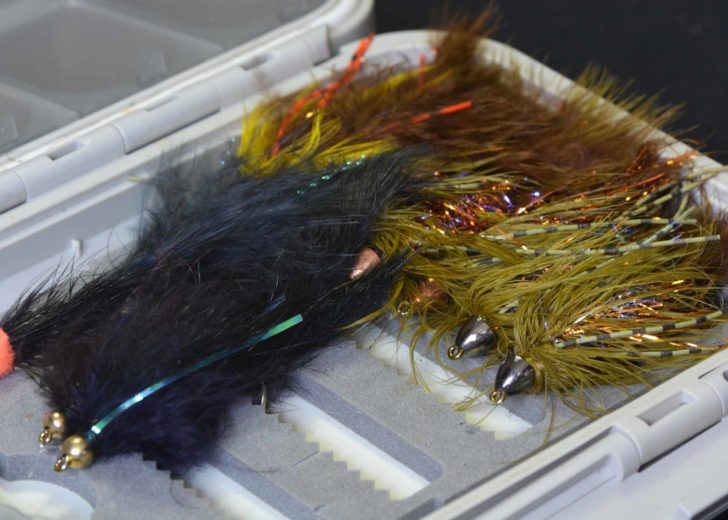When it comes to organizing your fly boxes, the options seem endless, from sorting by size, color, and pattern to considering imitations and stages. Let’s explore some key pointers to help you find the most effective method for your flies.

- Organize what You Can’t Memorize: If you can effortlessly recall the names, sizes, or weights of your flies, there’s no need to organize your box based on these criteria. However, for those who can’t remember every detail, structuring your box to easily identify each fly is crucial. Consider organizing by the type of imitation each pattern represents—for example, grouping stonefly imitations together or clustering midge patterns.
- Birds of a Feather Should Stick Together: It’s wise to keep similar flies together. Imagine having several parachute adams in the same size and color scattered throughout your box—it’s a recipe for frustration on the river. By keeping them grouped together, you’ll always know where to find what you need without rummaging through unrelated patterns.
- Use a Fly Box That Fits Your Flies: Ensure your fly box accommodates the size of your flies. There’s a variety of box sizes available, from compact midge boxes to spacious streamer boxes. Opt for boxes with slit foam or compartments that suit the range of patterns you own. Having separate boxes for different fly sizes, like one for small patterns and another for streamers, can streamline your organization process and keep your flies in optimal condition.

By implementing these tips, you’ll not only keep your flies neatly organized but also enhance your efficiency on the water.
Image/Source: TheCatchAndTheHatch





